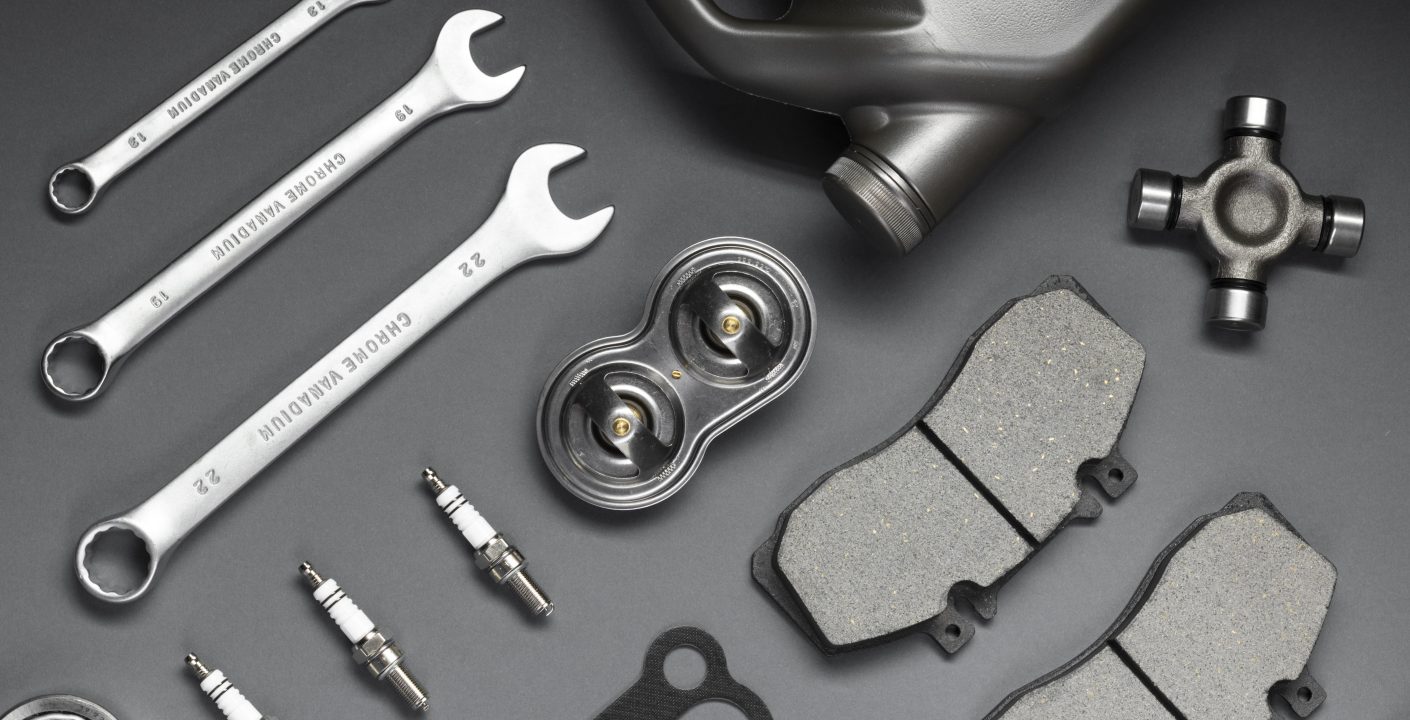Constant Velocity (CV) joints are crucial components in front-wheel-drive and all-wheel-drive vehicles, ensuring smooth power transmission from the transmission to the wheels. Over time, they wear out, leading to vibrations, clicking noises, and even loss of control. Regular inspection and maintenance can help prevent costly repairs and ensure safe driving. Here’s how to check and maintain your car’s CV joints.
Understanding CV Joints
CV joints allow the front wheels to move up and down while maintaining a constant speed regardless of steering angle. They are protected by rubber boots filled with grease, which prevent dirt nd debris from causing premature wear.
Signs of CV Joint Problems
If your CV joints are failing, you may notice:
- Clicking or popping sounds when turning, especially at low speeds.
- Vibrations while driving, which worsen with acceleration.
- Grease leakage around the wheel area due to a torn CV boot.
- Uneven tire wear caused by improper power transmission.
How to Check Your CV Joints
1. Inspect the CV Boots
Park your car on a level surface and turn the steering wheel fully to one side.
Look at the CV boots located at the inner and outer ends of the axles.
Check for cracks, tears, or leaks. If grease is visible around the boot or wheel area, the CV joint may be at risk of damage.
2. Listen for Unusual Noises
Drive in a slow, tight circle while listening for clicking or popping noises.
If you hear these sounds, your CV joint may be worn out and require replacement.
3. Check for Vibrations
If your car vibrates excessively at high speeds, inspect the CV joints for looseness.
Jack up the front of your vehicle and wiggle the axle shaft. Excessive movement indicates wear.
How to Maintain Your CV Joints
1. Keep CV Boots Intact
Regularly inspect the boots for damage.
If a boot is torn, replace it immediately to prevent dirt from entering and damaging the joint.
2. Grease the CV Joints
If your car has serviceable CV joints, regrease them periodically.
For non-serviceable joints, ensure the boots remain sealed to retain grease.
3. Avoid Driving with a Torn Boot
A small tear in a CV boot can quickly lead to complete joint failure.
If you notice a tear, replace the boot or the entire CV joint if necessary.
4. Get Regular Inspections
During routine maintenance or tire rotations, ask your mechanic to check the CV joints.
Early detection of issues can save you from costly axle replacements.
When to Replace CV Joints
If a CV joint is excessively worn or making loud noises, it’s best to replace it immediately. In most cases, mechanics recommend replacing the entire axle assembly instead of just the joint, as it is more cost-effective.
Your car’s CV joints play a vital role in maintaining smooth and safe operation. By regularly checking for signs of wear, ensuring the boots remain intact, and addressing issues early, you can extend the lifespan of your CV joints and avoid expensive repairs. If you notice any symptoms of CV joint failure, don’t delay—address the problem before it worsens.



